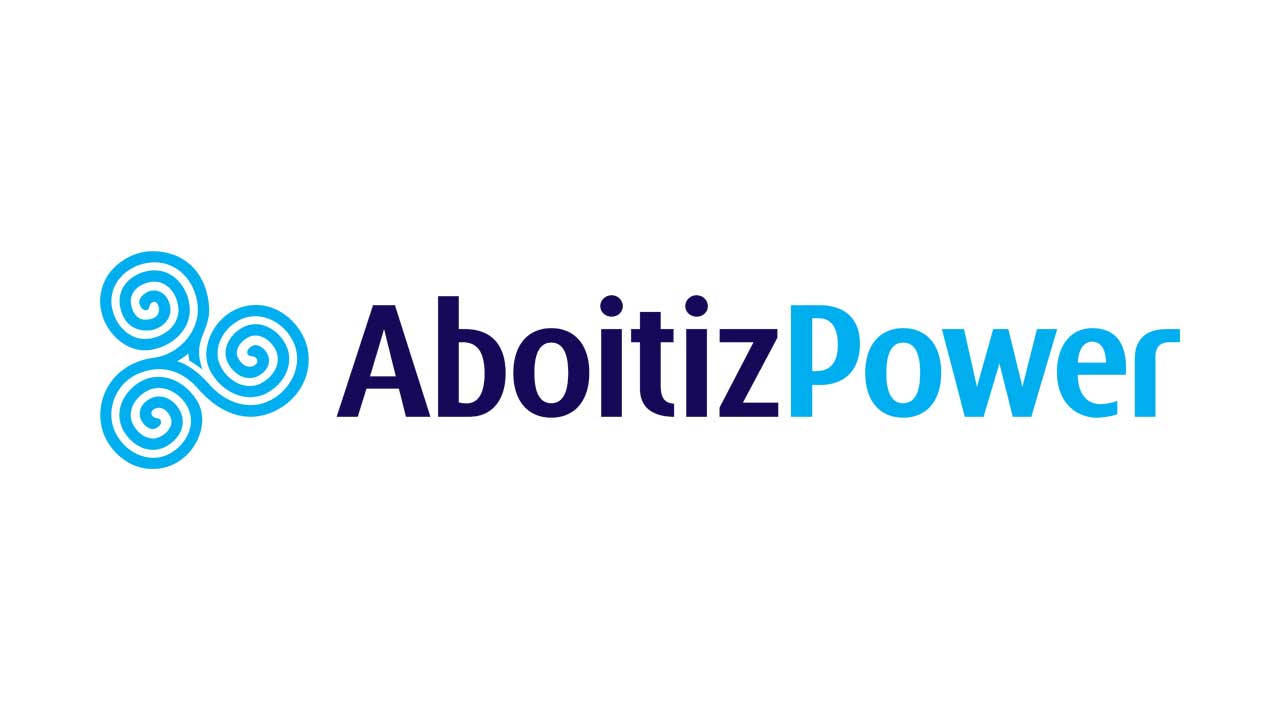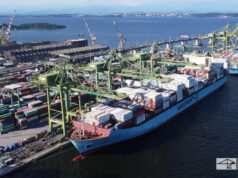
THE renewable arm of Aboitiz Power Corp. (AboitizPower) said achieving the full net zero target would require more collaborations across the sector and other industries.
“To answer [if] net zero is possible, [it is] easy to say yes. [The] question really is when or how fast and I think it’s important we understand all the moving parts of that equation,” James Arnold D. Villaroman, president and chief executive officer of Aboitiz Renewables, Inc., said during an energy forum last week.
“There’s a lot of collaboration needed. There’s a lot of cooperation and problem solving together to solve the immediate issues on infrastructure… so that we make a progressive step forward — sooner, faster, better, ultimately cheaper,” he said.
Net zero refers to reducing emissions of greenhouse gases to as close to zero as possible while offsetting any remaining greenhouse gases in the atmosphere.
Mr. Villaroman reiterated the company’s goal of hitting a 50:50 balance between its renewable and thermal portfolios by 2030 in support of the global movement for clean energy.
The company has set an aggressive target to increase power generation capacity to 9.2 gigawatts (GW) from 4.6 GW previously.
“Our goal in Aboitiz Renewables is to drive this growth during this period, eyeing to invest around P190 billion to grow our clean energy assets,” he said.
The company has pipeline renewable energy (RE) projects with a combined capacity of about 1,000 megawatts (MW) using wind, solar, and geothermal resources.
The projects include the 94-MW Cayanga and 159-MW Laoag solar power projects in the north, and the 17-MW geothermal binary plant in Albay, which are targeted to be energized by the first quarter of 2024.
Mr. Villaroman said government and cross-sector collaborations might accelerate the country’s RE transition.
“For example, policies that provide tax incentives or streamline approval processes can accelerate the development of renewable projects,” he said.
He also said that National Grid Corp. of the Philippines could partner with power companies to boost grid infrastructure for renewable energy.
“Basically, the grid operation could expand transmission lines and build more substations near renewable facilities,” he said, also citing energy storage solutions such as batteries.
AboitizPower, through its subsidiary Therma Marine, Inc., started the commercial operations of its 49-MW battery energy storage system (BESS) in Maco, Davao de Oro in November last year.
A BESS is a type of energy storage that uses a set of batteries to store electrical energy when there is a supply in the grid and release it when needed.
The government targets to increase the share of RE — currently accounting for about 22% of the country’s total energy mix — to 35% by 2030 and 50% by 2040. — Sheldeen Joy Talavera



